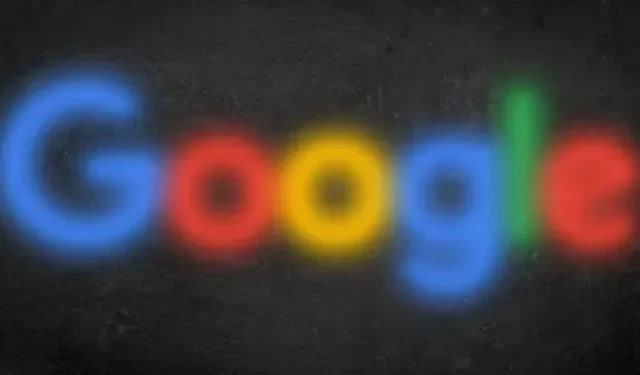Google will soon blur explicit image search results by default

Google has debuted a new default SafeSearch setting, somewhere between on and off, that automatically blurs explicit images in search results for most people.
In a blog post to coincide with Safer Internet Day, Google outlined a series of measures it plans to implement to “protect democracies around the world”, protect high-risk individuals, improve password management and protect credit card numbers. Hidden behind a series of small and medium-sized ads is a noticeable change in search results, Google’s second key product after ads.
A new setting, coming “in the coming months,””will blur explicit images if they appear in search results when SafeSearch filtering is not enabled,”writes Google’s Jen Fitzpatrick, senior vice president of Core Systems & Experiences. “This setting will become the new default setting for people who don’t already have the SafeSearch filter turned on, with the option to change the setting at any time.”
Google’s explanatory image (see above) shows that someone is logged in and looking for “Injury”images. The notice shows that “Google has enabled SafeSearch Blur”which “blurs explicit images in search results”. One example image result – “Complex Explosive Injury in Haste (DCBI)”from ResearchGate – is indeed quite explicit as far as human internal organs and musculature are concerned. Google offers a final check if you click on this blurry image: “This image may contain explicit content. SafeSearch blur enabled.”

If you click View Image, you will see the fragile nature of life. If you click Manage Settings, you can choose from three options: Filter (where no explicit results are shown at all), Blur (where blur and Are you sure clicks occur), and Off. (where you see “all relevant results, even if they are explicit”).
Users under the age of 18 who are logged in automatically turn on SafeSearch, which blocks content including “pornography, violence, and gore.”With this change, Google will automatically blur explicit content for anyone using Google who is not logged in, stays logged in, and specifically asks to be shown instead. It’s a way to prevent children from accessing explicit images, and also specifically a means of ensuring people sign in to Google if they’re looking for something…very specific. An incognito window just doesn’t seem to work.
Google enabled SafeSearch by default for users under 18 in August 2021 as it was required by Congress to better protect children across its services, including search and YouTube.
Leave a Reply